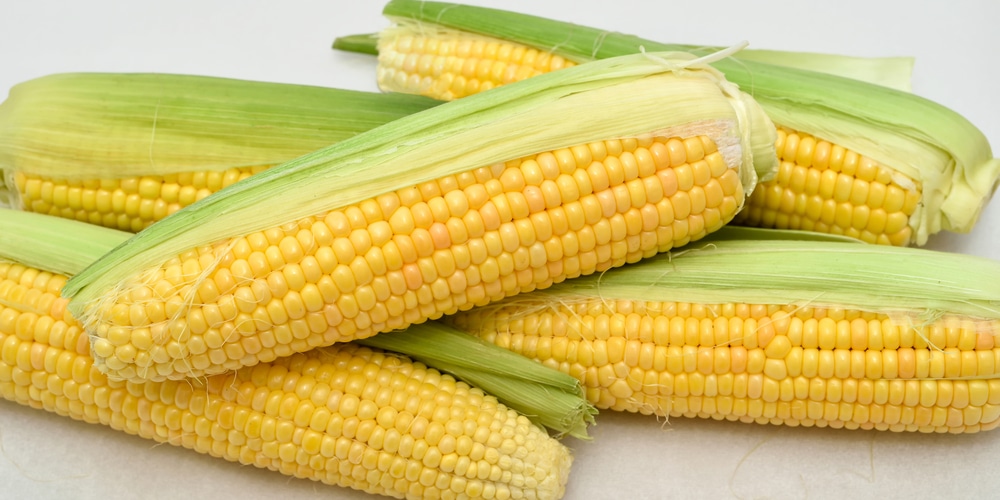Would you like to grow corn in Indianapolis, but aren’t sure when the best time is to do so? Planting corn is not as straightforward as it appears. Frost and cold temperatures below 50 degrees Fahrenheit do not allow corn to thrive in the field. As a result, if you put them outside in the spring extremely early, they will perish. If you plant seeds too late, your corn will not yield a crop before the first frost hits in the fall, causing you to lose money. Let’s look at when to plant corn in Indiana.
Facts about corn

Corn is an annual plant that may grow up to 12 feet (3.6 meters) tall, making it a constituent of the grass family. Each long, green, grass-like stalk produces one to two ears of corn. There are flowering tassels at the top of the stalks, and pollen drips down onto silky strings that sprout from each ear below. The unfertilized kernel is attached to each silk thread.
There are as many kernels in an ear of corn as there are pollinated silks. The male blooms of the corn plant are known as tassels.) The female flowers are indeed the kernels, as well as ears.) Sweet corn kernels come in a variety of hues, including yellow, black, white, and red. Each stalk of a big corn variety may yield one or two ears of corn. On a single stalk, a dwarf cultivar may produce as many as three harvestable ears. Just a cob will be produced if pollination fails.
When to plant corn in Indiana
For most of the Eastern Corn Belt, it is commonly accepted that the best planting time is really between April 20th and May 10th, depending on the region. When maize is planted after the first of May, according to research, its yield potential decreases by one bushel every day. Early in May, the Central Corn Belt had a decrease in yield potential of around 0.3 percent per day, which increased to almost 1 percent per day by the end of May, according to USDA data.
It is crucial to remember, that early planting is only one of several elements that contribute to the possibility of large yields. Planting early increases the likelihood of large yields, but it does not ensure them, and gardeners should not place too much emphasis on the calendar.
Although it is commonly recognized that planting date is an essential management strategy that influences corn yields, prior years have demonstrated that other conditions (such as drought) can reduce the yield potential of corn that is planted early in the season.
Things to consider when planting corn
When it comes to planting, there are numerous more considerations. What kind of field conditions are there? If the soil is excessively moist, any field labor will result in compaction, which will reduce yields. Smearing and sidewall compression of the seed furrow can occur when seeds are planted into moist soils.
Temperature
What is the temperature of the soil? Temperatures in the soil should be at least 50 degrees Fahrenheit for corn to enhance germination and early development. What does the weather prediction have in store for us? Will it be a trend for warm and wet weather, which could cause emergence to be delayed and seedlings to be damaged, or will it be a trend for germination and rapid growth?
Planting under less-than-ideal field conditions is a common occurrence. In most cases, planting in order to beat a deadline leads to difficulties that reduce yield potential beyond what a minor delay in planting would have done. Farmers should evaluate all relevant elements when making planting selections as spring planting approaches, rather than relying just on the calendar when spring planting approaches.
Weather conditions
As you may have imagined, you must pay special attention to the weather conditions in your area throughout the spring months. In particular, you’ll want to keep an eye out for when the last frost hits. In general, if there hasn’t been a frost in the last two weeks, it is okay to grow corn outside in Indiana!
Unfortunately, Mother Nature may be unkind at times, making the weather unpredictably unpredictable. There are certain years when the final frost occurs Considerably later in the season. Sometimes the final frost occurs far earlier than expected, allowing you to have your corn cultivated outside in Indiana much sooner than expected.
You may also like: Planting Tomatoes in Indiana
